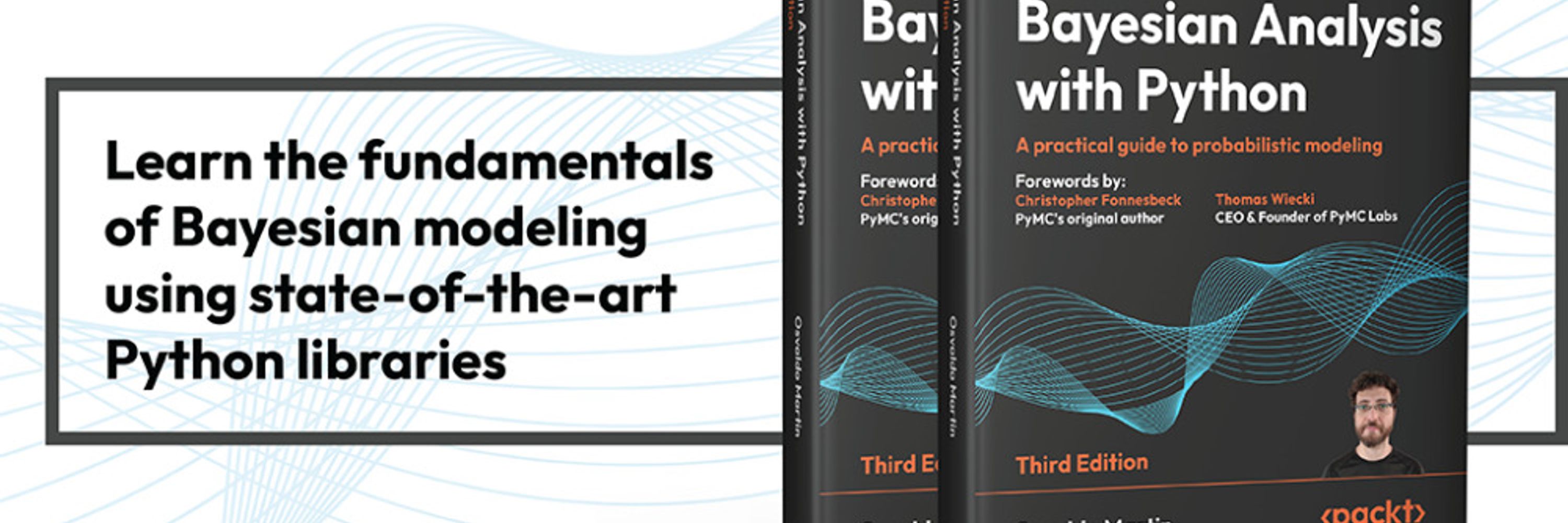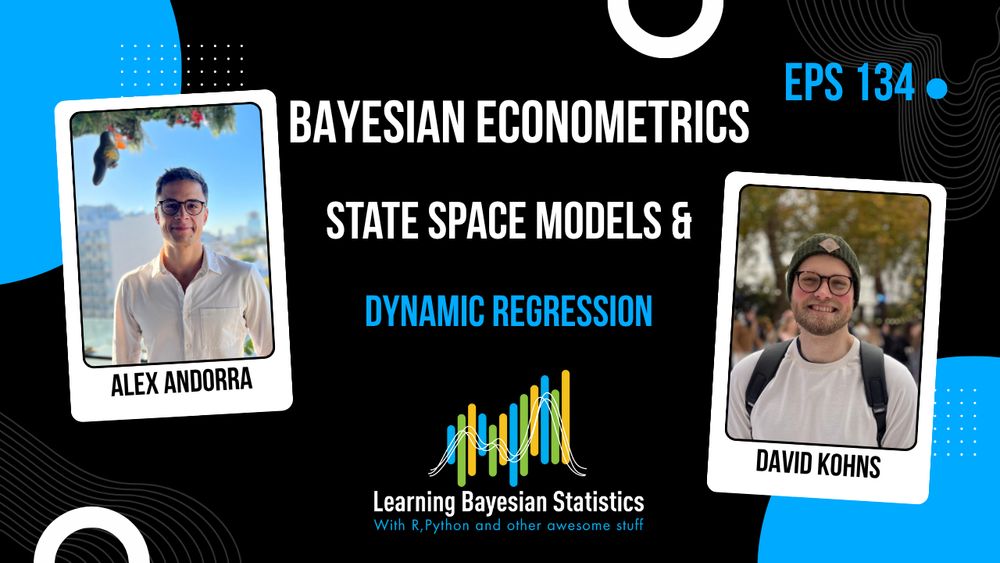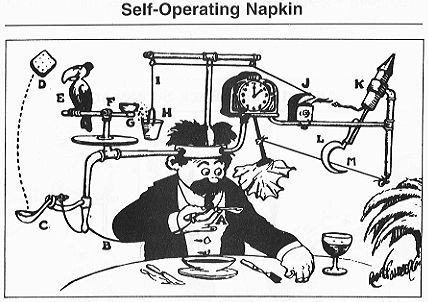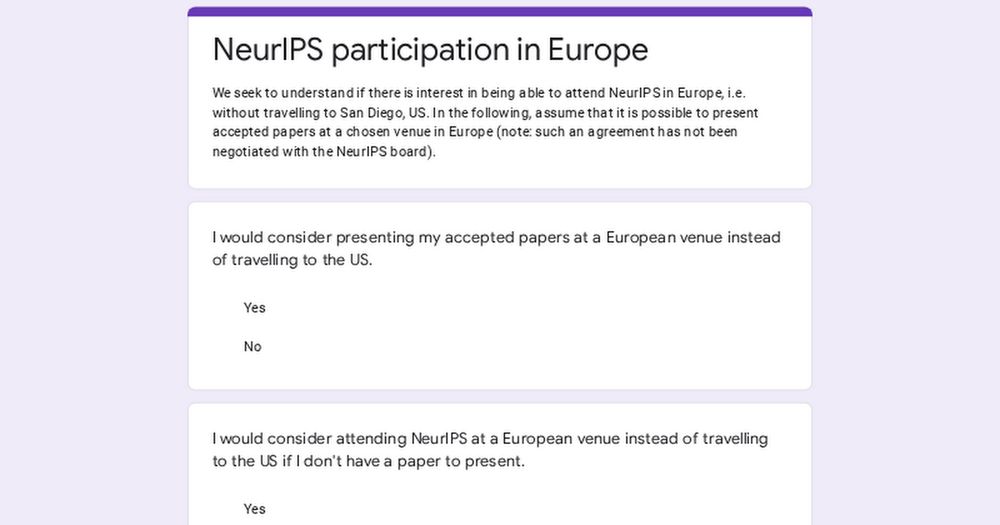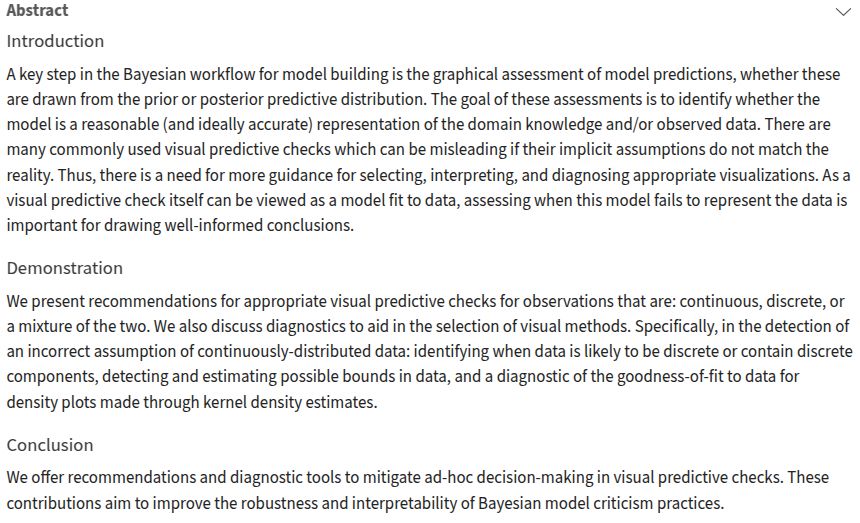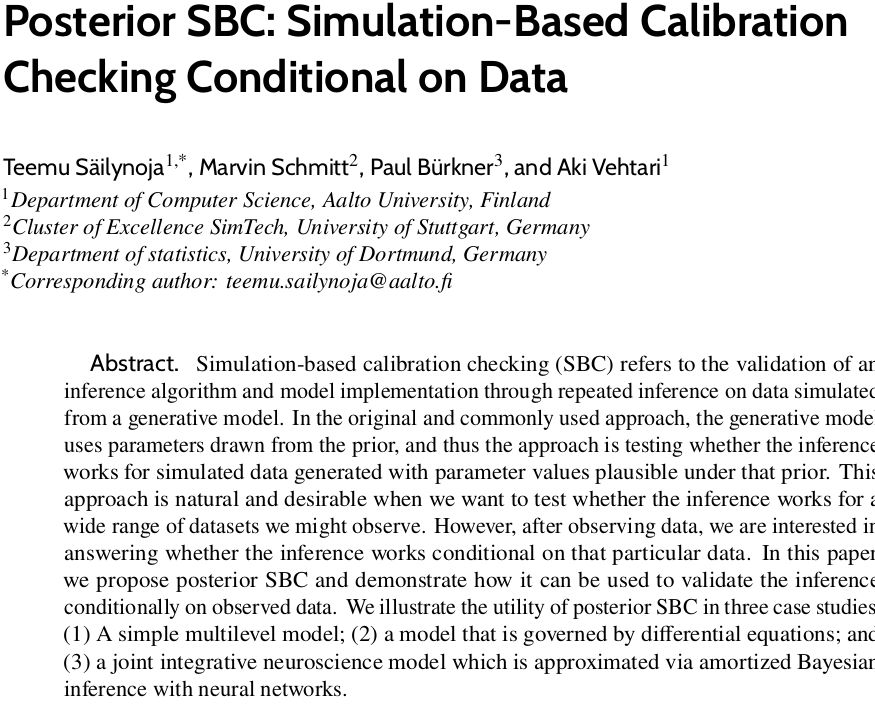Osvaldo Martin
@aloctavodia.bsky.social
1.3K followers
670 following
19 posts
Research Fellow at Aalto University. Open source contributor #ArviZ, #Bambi, #Kulprit, #PreliZ, #PyMC, #PyMC-BART.
Support me at https://ko-fi.com/aloctavodia
https://bayes.club/@aloctavodia
Posts
Media
Videos
Starter Packs
Reposted by Osvaldo Martin
Reposted by Osvaldo Martin
Reposted by Osvaldo Martin
Reposted by Osvaldo Martin
Reposted by Osvaldo Martin
Reposted by Osvaldo Martin
Reposted by Osvaldo Martin
Reposted by Osvaldo Martin
Reposted by Osvaldo Martin
Reposted by Osvaldo Martin
Reposted by Osvaldo Martin
Reposted by Osvaldo Martin
Reposted by Osvaldo Martin
Reposted by Osvaldo Martin
Osvaldo Martin
@aloctavodia.bsky.social
· Feb 16
Reposted by Osvaldo Martin
Reposted by Osvaldo Martin
Reposted by Osvaldo Martin
